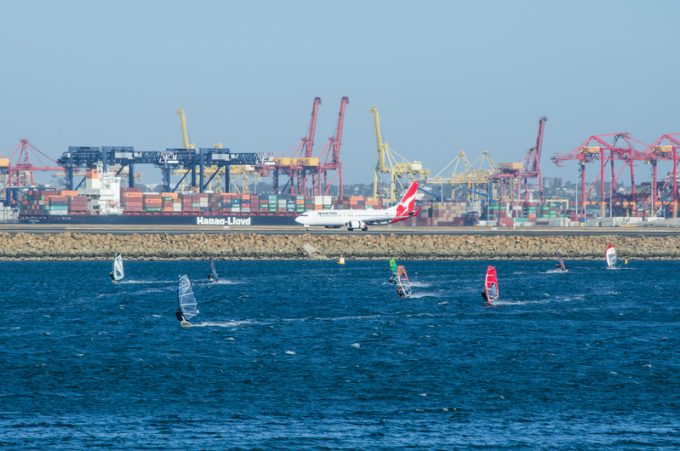Shipping Australia calls for reform of industrial relations
As industrial action by an Australian dockworkers’ union against terminal operator Qube is set to ...

With no sign of a return to pre-Covid supply chains, Australia has extended its air cargo subsidies, for the third time.
March funding for the International Freight Assistance Mechanism (IFAM) was upped to A$781.8m (US$596m), and the programme was extended until the end of September.
Some international flights are due to restart in Melbourne next week for returning nationals, following the state of Victoria’s third lockdown.
However, with Australia’s borders unlikely to fully reopen until the fourth quarter, according to recent reports, forwarders ...
Asia-USEC shippers to lose 42% capacity in a surge of blanked sailings
USTR fees will lead to 'complete destabilisation' of container shipping alliances
Outlook for container shipping 'more uncertain now than at the onset of Covid'
New USTR port fees threaten shipping and global supply chains, says Cosco
Transpac container service closures mount
DHL Express suspends non-de minimis B2C parcels to US consumers
Zim ordered to pay Samsung $3.7m for 'wrongful' D&D charges
Flexport lawsuit an 'undifferentiated mass of gibberish', claims Freightmate
Uncertainty over US tariffs sparks interest in bonded warehouses for imports
Cancelled voyages take the sting out of spot rate declines this week
Shippers warned: don't under-value US exports to avoid tariffs – 'CBP will catch you'
Blanked sailings in response to falling demand 'just a stop-gap solution'

Comment on this article